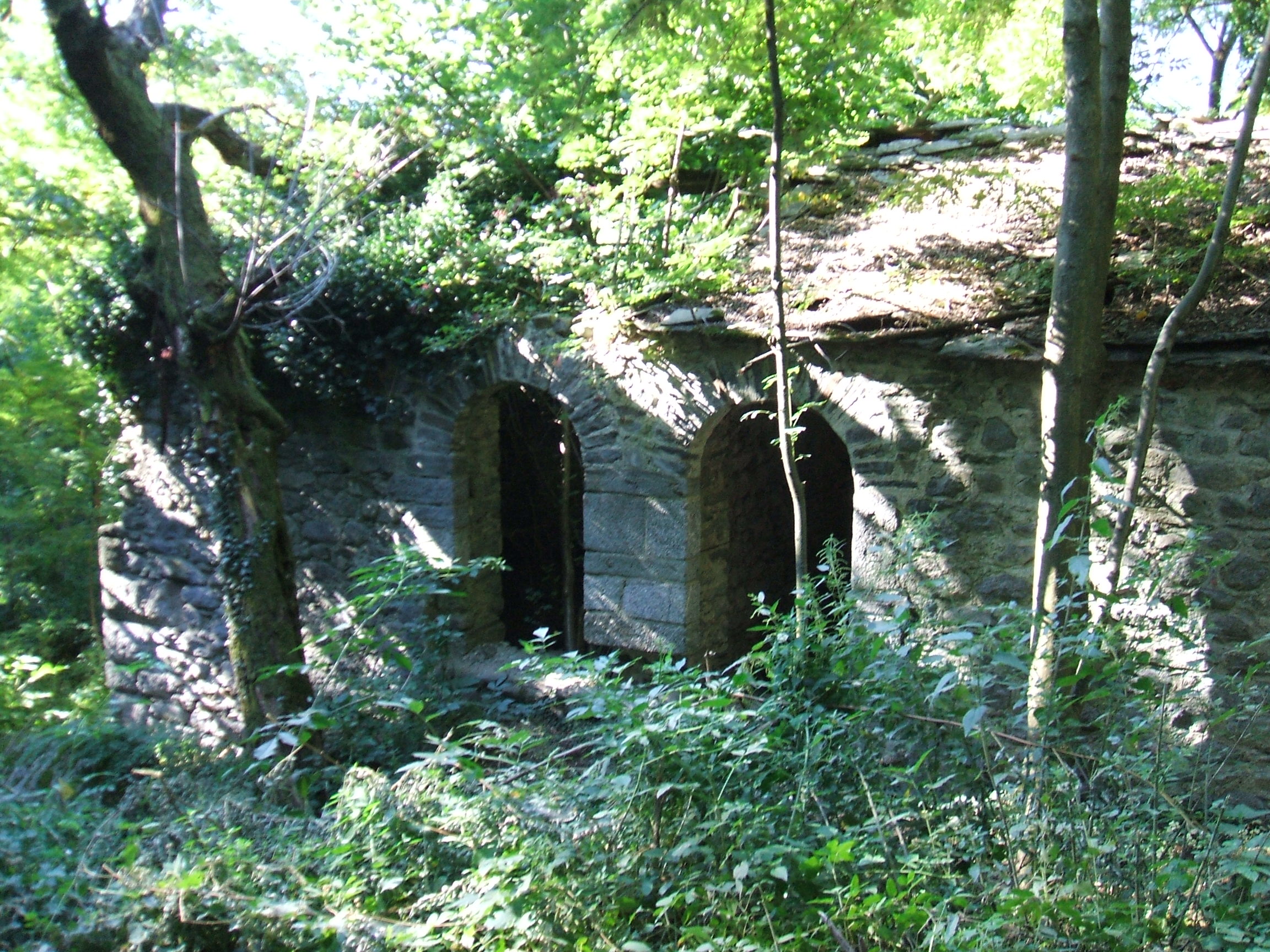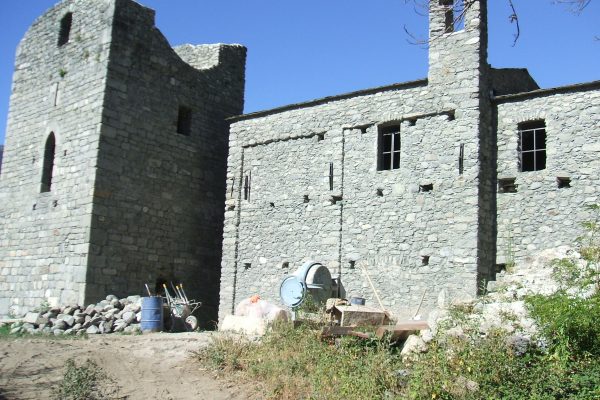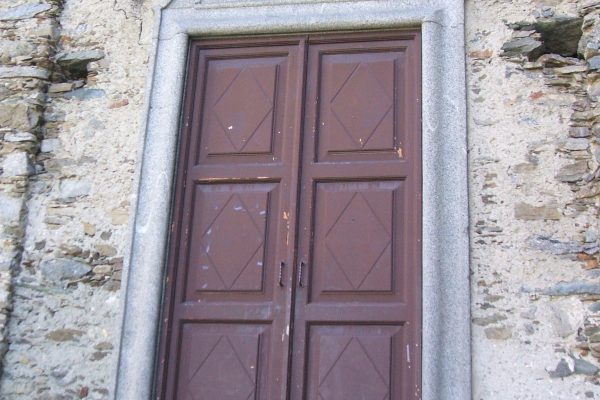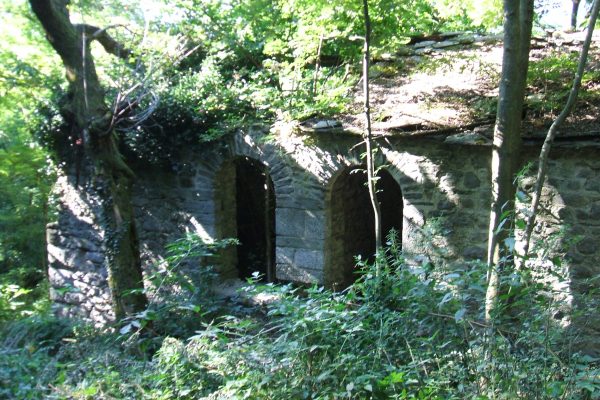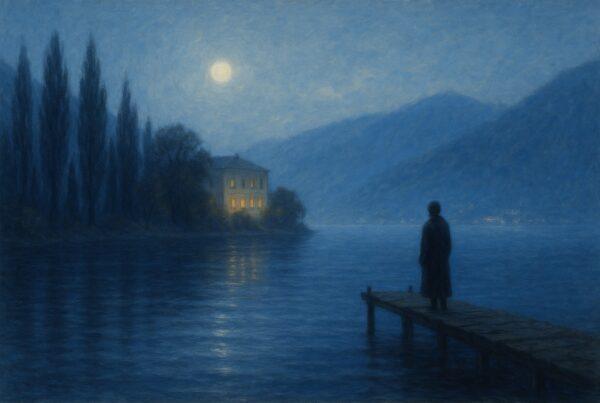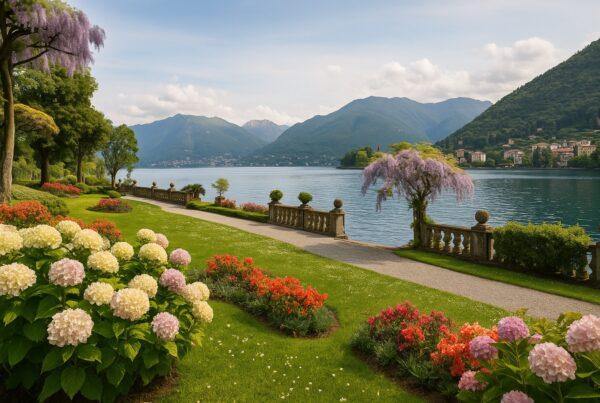A Casttle For Three Queens – Mello – Costiera di Cech
A CASTLE FOR THREE QUEENS
A mysterious castle with granite walls stands on high along the so-called “Costiera di Cech” (the Cech mountainside) in the valley Valtellina: it’s Domofole (or Demofole), whose name is supposed to mean “Tamer of crowds” or “Friend of our people” (from the greek Demophilos) with reference to its defensive function. Its foundation perhaps should go back to the Longbards, but the very first document witnessing its existence is dated 1023.
Story goes that the ghost of a woman in white wanders around in the basement and occasionally is to be seen even outside: who’s she? Some say: the Longbard queen Theodelinda, in pain because she never managed to convert the local people, later nicknamed “Cech” that’s to say “blind” to the true faith.
Other writers tell about Gundeberga, Theodelinda’s daughter and king Arioald’s wife: a rejected lover falsely accused her of committing adultery with the Duke of Tuscany and plotting against her husband, and she was acquitted only after being imprisoned for three years in this castle.
Other traditions again identify Domofole (but history tells it was the Lierna castle and then the Rocca del Garda) as the site of queen Adelaide’s imprisonment: Berenger of Ivrea tried to force the widow of king Lothar II, Adelaide of Burgundy, to marry his own son Adalbert, but she escaped and later became the wife of Otho I and Empress of the Holy Roman Empire. She died in December 999 in an Alsatian abbey and is venerated as saint by the Catholic Church!
So far the legend. History testifies that this fortress belonged in the XII century to the wealthy Vicedomini family, and the anonymous writer of the poem “Liber Cumanus” (The Book of Como) related how Giordano Vicedomini’s wife, Lady Gallitia, in the middle of the Decennial War between Como and Milan visited her husband and sons at Domofole: two slender boats crossed the lake from Como to Olonio, to disembark inside the Adda riverbed (year 1125).
Then the castle was destroyed in 1292 by the Rusconi, a ghibelline family, because the Vicedomini endorsed the other most noble family in Como, the guelph Vittani. When Domofole was rebuilt and enlarged, another poor maiden, Giovannina Vicedomini, was kept imprisoned here by her own uncle.
Finally it was demolished a second time in 1524 by the Grey Leagues, so that it couldn’t become
a base for future rebellions to their rule.
Restored by the local administrations (see in the picture the work in progress in 2007), it keeps now a tower, part of its walls, the chapel of St. Mary Magdalen, some buildings possibly remounting to 1500 as well as the remains of another church, St. Catherine.
You can reach it from Morbegno, leaving the State Road “Valeriana” close to Traona and driving up to Mello: in the site Castello, a small street amidst the woods will lead you to a parking place and from here you continue on foot to 540 meters of altitude.
Mello itself is also worth a visit, thanks to its beautiful churches and its frescoed country houses; the homonymous Valley was a theatre for gory battles between partisans and fascists during the Second World War.
Photos: Gigliola Foglia 2007


